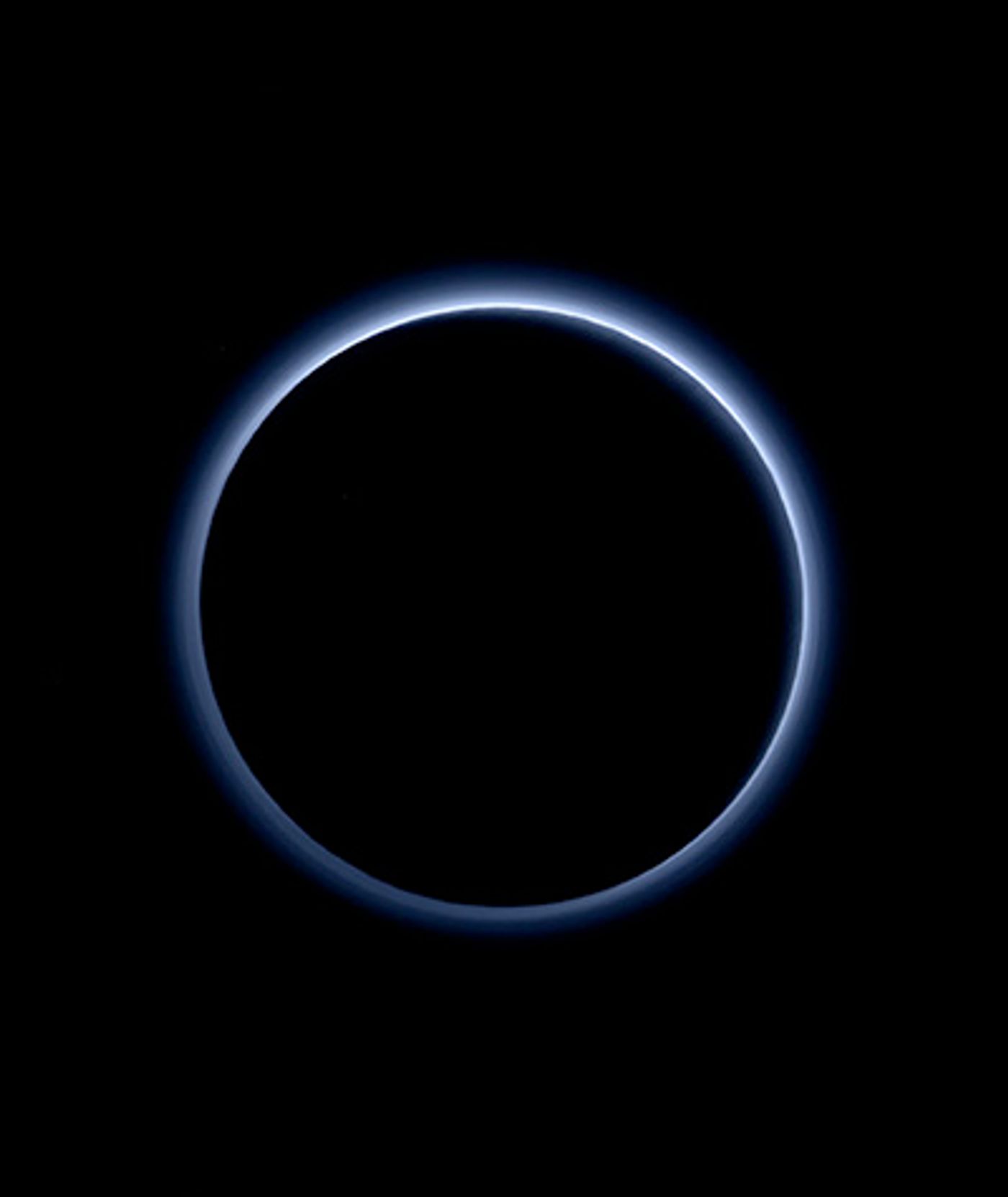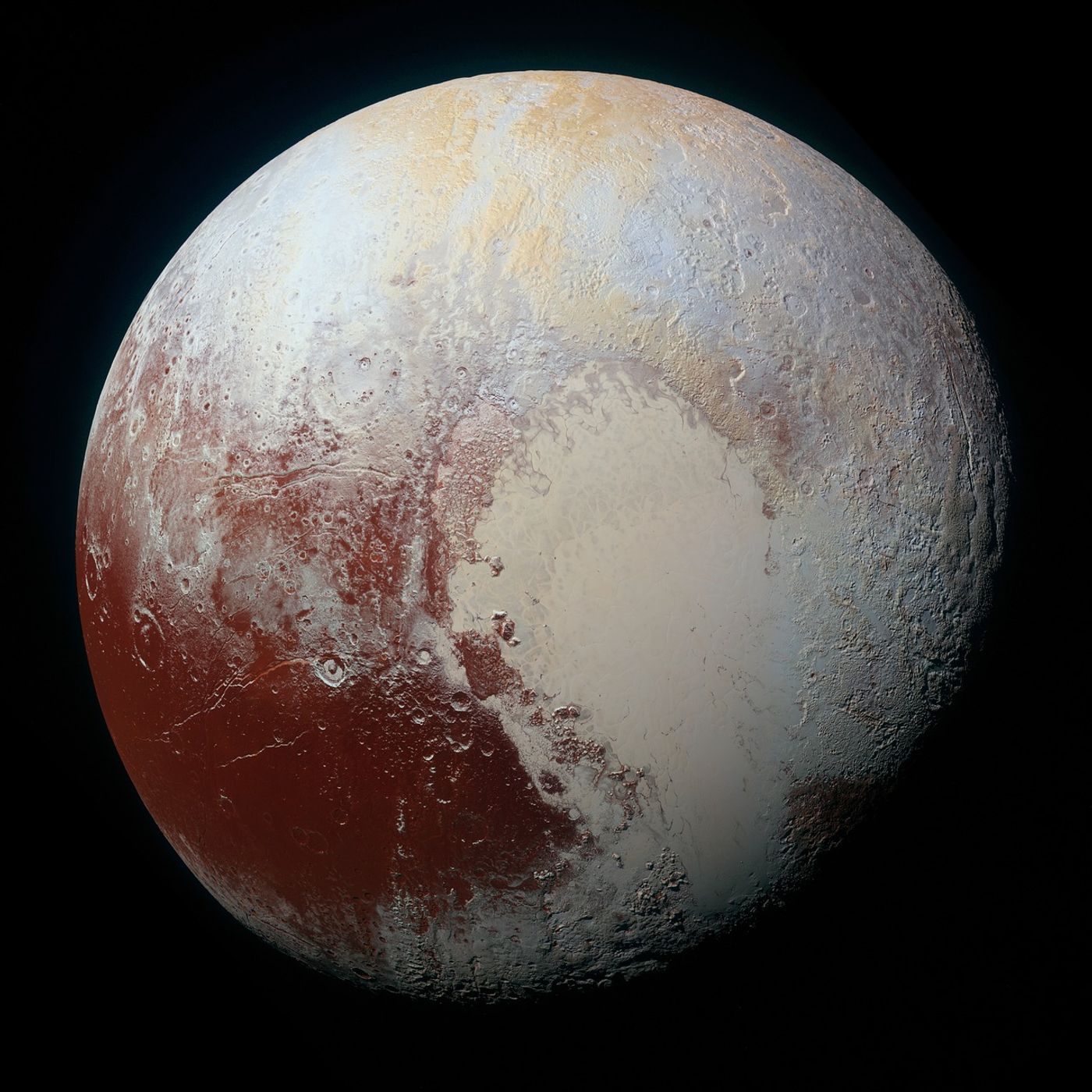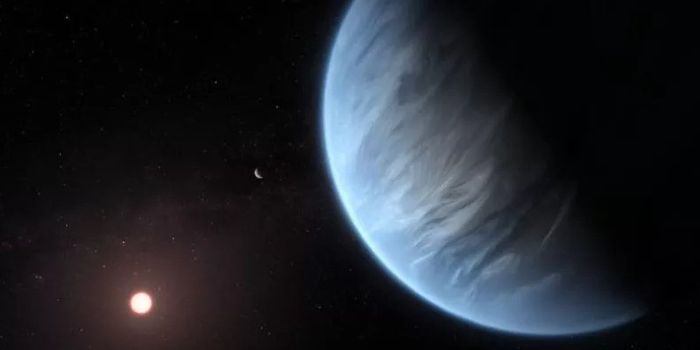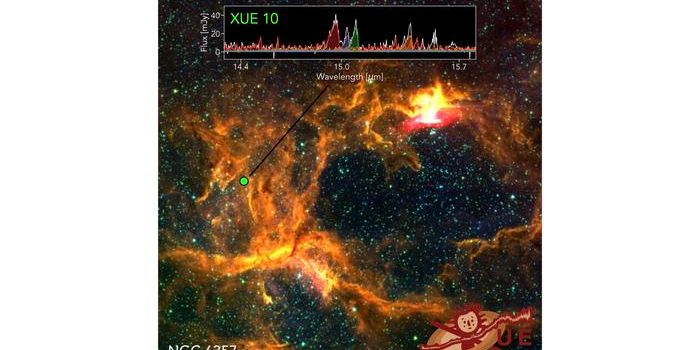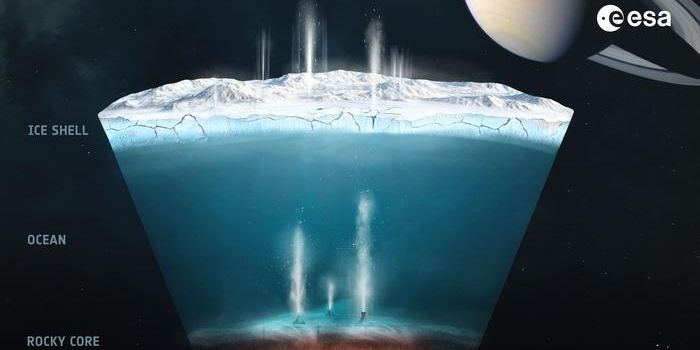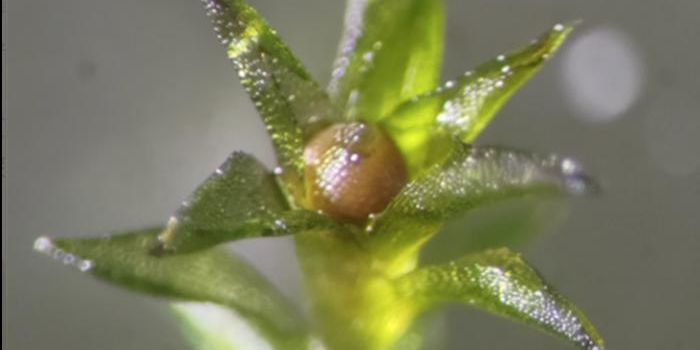Mysterious Atmospheric Haze Keeps Pluto Colder Than Initially Anticipated
Although Pluto resides 40 times more distant from the Sun than the Earth, the once-planet turned dwarf planet appears to be much colder than initially predicted. Now, data obtained by NASA’s New Horizons probe during the 2015 Pluto flyby is helping us understand why that is.
Image Credit: NASA/JHUAPL/SwRI
New Horizons grabbed remarkably-sharp images of Pluto’s surface and sampled the dwarf planet’s atmosphere during the historic flyby event. The data scientists received indicated that Pluto has a hazy atmosphere, much like the one presented in the New Horizons image above.
Researchers based out of the University of California Santa Cruz now suggest that this haze could be responsible for keeping Pluto so chilly. They’ve published their findings in the journal Nature this week.
Related: Infographic: What About Pluto?
Even at the outskirts of the solar system, where our Sun’s light is dim and ineffective at heating planetary surfaces, we’d expect Pluto to maintain a surface temperature of approximately -280º Fahrenheit. Instead, Pluto’s surface temperature is closer to -333º Fahrenheit.
With all things considered, the -280º figure should be spot-on if the Sun’s rays actually made it to Pluto’s surface. On the other hand, the researchers suggest that Pluto’s hazy, atomized atmosphere could scatter the Sun’s light and reflect it back into space as infrared radiation; this would prevent it from ever touching and warming the surface.
"It's been a mystery since we first got the temperature data from New Horizons," said Xi Zhang from the University of California Santa Cruz, the study’s first author. "Pluto is the first planetary body we know of where the atmospheric energy budget is dominated by solid-phase haze particles instead of by gases."
Related: What would it be like to land on Pluto?
Sunlight purportedly ionizes methane and nitrogen from Pluto’s atmosphere, provoking a chemical reaction that forms hydrocarbon particles. These particles then land on the surface, developing the brown and red-looking deposits seen all around Pluto’s surface in many of the New Horizons images.
Image Credit: NASA
As Zhang points out, the James Webb Space Telescope could validate these claims. It’s built specifically for detecting infrared light, and a quick glance could let us know whether Pluto emits high amounts of infrared light from the suggested process or not.
Understanding how the Sun interacts with Pluto’s hazy atmosphere would not only answer questions concerning Pluto, but it could also teach us more about how exoplanets’ atmosphere interact with radiation from their host stars.
It should be interesting to learn once and for all whether the haze is responsible for Pluto's colder-than-anticipated temperatures, but we’ll have to wait a little longer to find out for sure.
